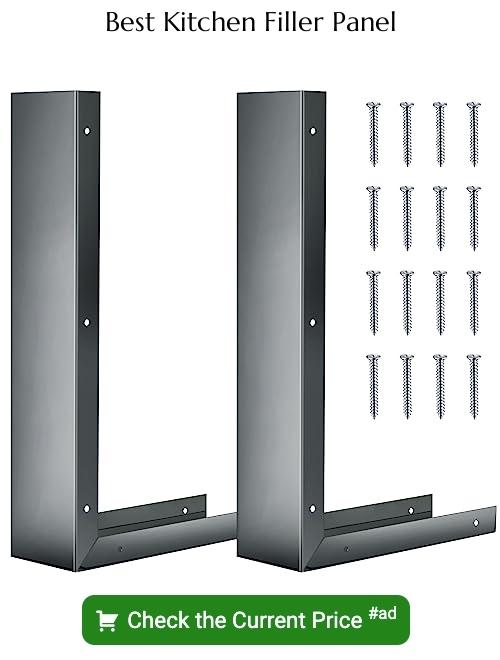Last updated on
Discover the purpose and benefits of a kitchen filler panel as we delve into its role in enhancing your kitchen’s functionality and aesthetic appeal.
The kitchen is the heart of every home, and it’s where we spend a lot of time cooking, eating, and entertaining. But have you ever noticed that there are gaps between your cabinets or appliances that just don’t look right? These gaps can be an eyesore and make your kitchen look unfinished.
This is where a kitchen filler panel comes in handy! In this article, we’ll explain what a filler panel is, how it works, and why it’s essential for any modern kitchen design. So let’s dive in!
What's Inside
The Purpose of Filler Panels

These panels are designed to create a seamless look in your kitchen by covering up any unsightly spaces that may be left after installation. Filler panels can also help improve the functionality of your kitchen by providing additional storage space or hiding electrical outlets.
One common use for filler panels is when installing new cabinets or replacing old ones. Cabinets come in standard sizes, but not all kitchens have wall measurements that fit these dimensions perfectly.
This means there may be small gaps between cabinets where they meet at corners or against walls.
Filler panels can also be used to cover up areas where appliances don’t quite fit flush with surrounding cabinetry such as refrigerators and dishwashers.
In addition to their practical purposes, filler panels offer aesthetic benefits as well. They provide an opportunity for homeowners to customize their kitchens with unique designs and materials while maintaining a cohesive look throughout the space.
Types of Kitchen Filler Panels
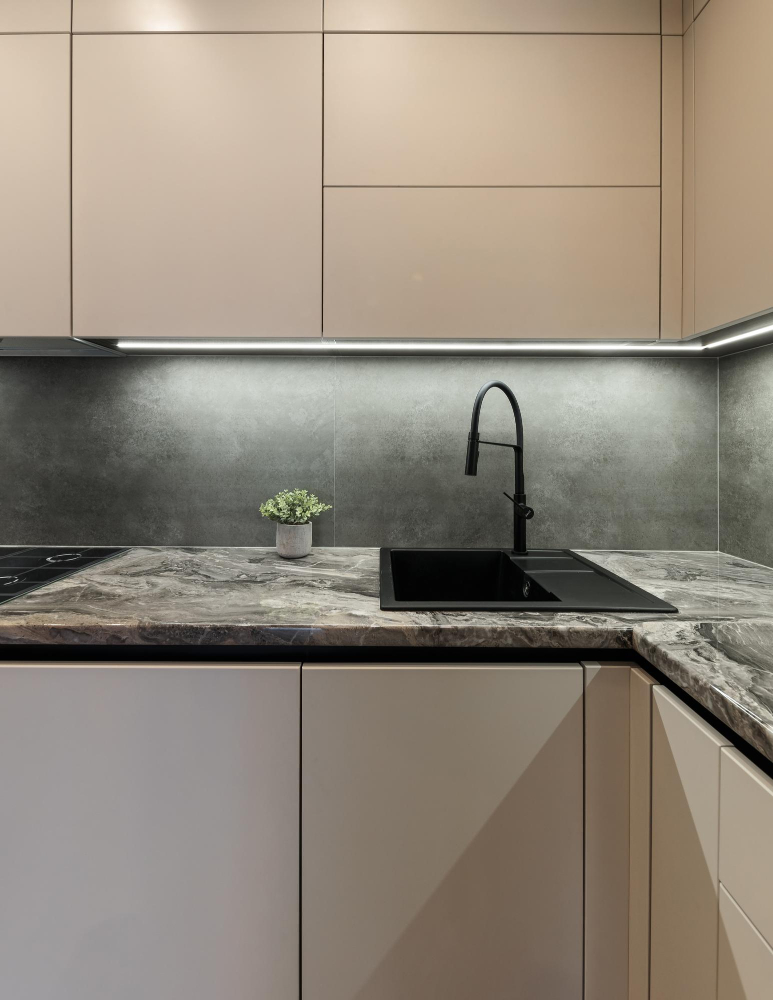
The most common type is the base cabinet filler panel, which fills gaps between cabinets or appliances and walls. Another popular type is the wall cabinet filler panel that covers spaces between two adjacent cabinets on a wall.
Other types include refrigerator panels that fill gaps around refrigerators to create an integrated look with your cabinetry. Toe kick fillers cover empty spaces under base cabinets while end panel fillers provide seamless transitions from one set of cabinetry to another.
It’s essential to choose the right type of kitchen filler panel for your needs based on where you need it installed and what function you want it to serve.
Materials for Filler Panels
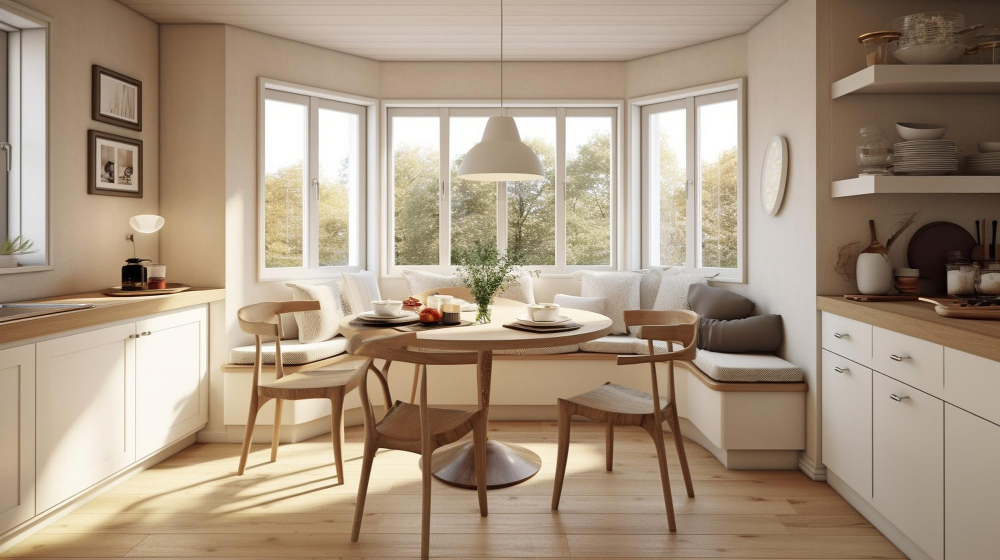
The most common materials used for filler panels include wood, laminate, and stainless steel. Wood is a popular choice because it can be stained or painted to match your existing cabinets seamlessly.
Laminate is another option that offers durability and easy maintenance while being budget-friendly.
Stainless steel filler panels are perfect if you’re looking for a modern look in your kitchen design. They offer sleek lines and an industrial feel that works well with contemporary kitchens.
Another option worth considering is glass or acrylic fillers which add elegance to any kitchen design while allowing light into the space.
Popular Filler Panel Designs
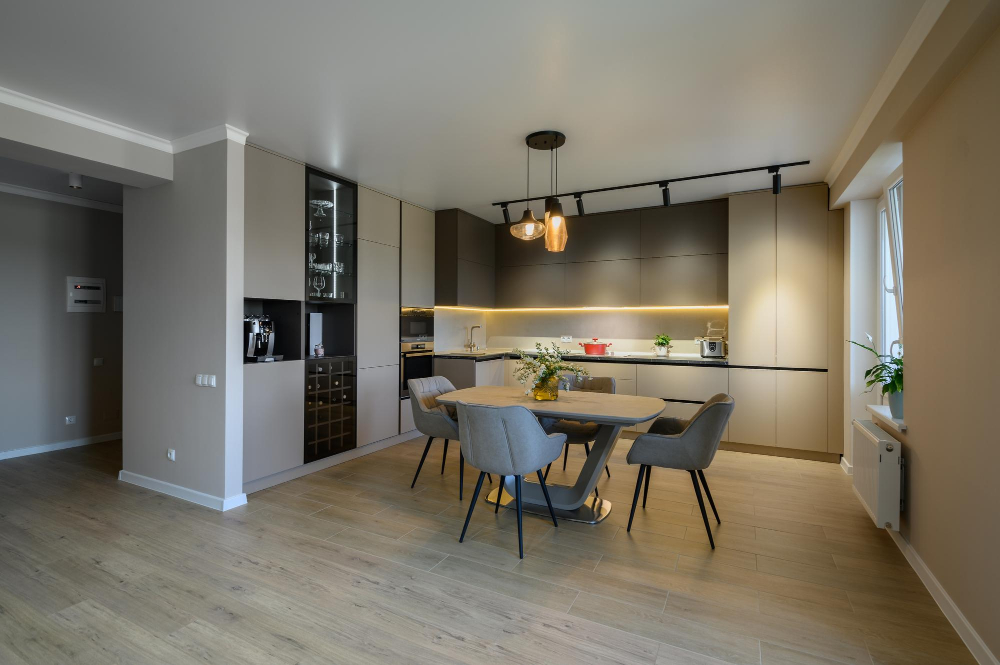
Some popular filler panel designs include flat panels, raised panels, shaker-style panels, and glass inserts.
Flat Panels: Flat filler panel design is simple yet elegant. It provides a clean and modern look to your kitchen cabinets while filling any gaps between them.
Raised Panels: Raised panel fillers are more traditional than flat ones. They add depth to your cabinetry by creating an illusion of thickness that matches with other cabinet doors.
Shaker-Style Panels: Shaker-style fillers have become increasingly popular due to their versatility in matching different types of cabinetry styles. They feature recessed center sections surrounded by frames that match well with both contemporary or traditional kitchens.
Glass Inserts: Glass insert fillers provide an excellent opportunity for displaying decorative items such as dishes or vases while still serving their primary purpose as gap-fillers between cabinets or appliances.
When to Use Kitchen Filler Panels
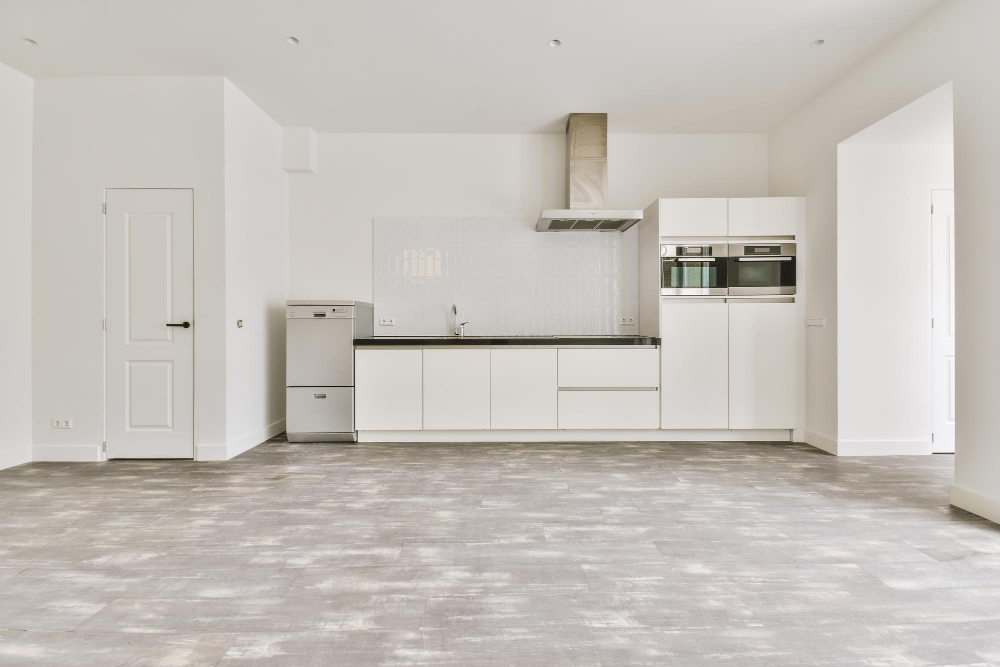
These gaps can occur due to uneven walls, different cabinet sizes, or when you want to add new appliances without changing the existing layout. In such cases, filler panels come in handy as they help fill these spaces and create a seamless look.
Another instance where filler panels are useful is during kitchen remodeling projects. If you’re replacing your old cabinets with new ones but don’t want to change the entire layout of your kitchen, then using filler panels can help bridge any gaps left by the previous cabinetry.
Measuring and Sizing
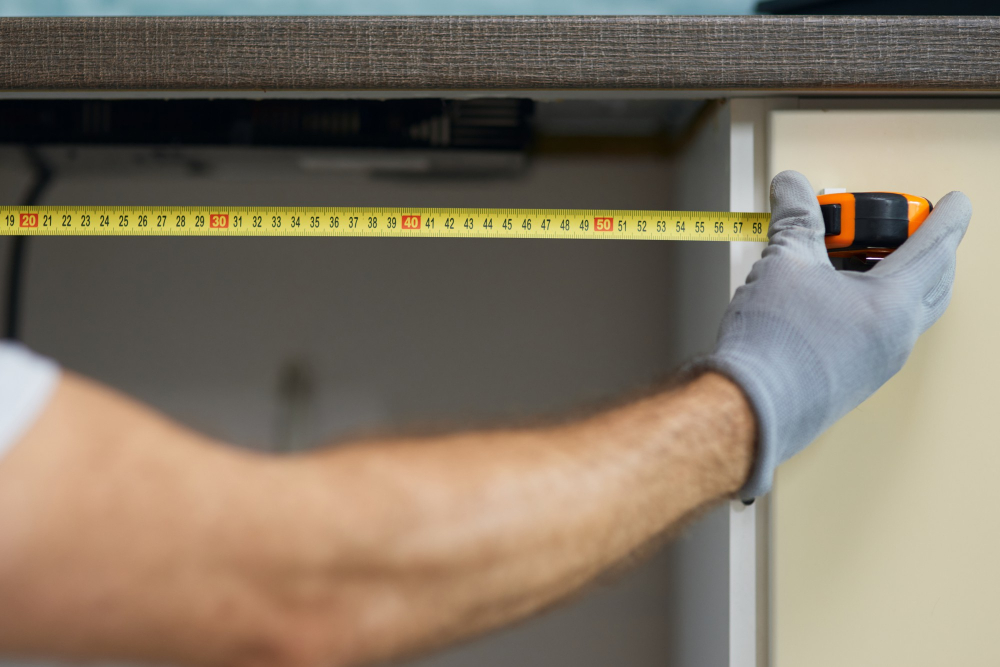
You don’t want to end up with a panel that is too small or too big for your space. To get accurate measurements, use a tape measure and record the height, width, and depth of the gap.
When measuring for height, start from the floor or countertop surface up to where you want your filler panel installed. For width measurement, take note of both sides’ distance between cabinets or appliances that need filling in.
It’s also crucial to consider how deep your cabinet is when choosing an appropriate size for your filler panels. If there are any obstructions like pipes behind where you plan on installing them – make sure they won’t interfere with installation by taking into account their depth as well!
Installation Process

The installation process is relatively simple and can be done by anyone with basic DIY skills. However, if you’re not confident in your abilities or don’t have the necessary tools, it’s best to hire a professional.
Before installing the filler panel, make sure that you measure and size correctly so that there are no gaps or overlaps between cabinets or appliances. Once measured accurately, cut the filler panel to size using a saw.
Next up is attaching brackets on both sides of where you want to place your new kitchen accessory; this will ensure stability when installed into its final position against other surfaces such as walls or countertops.
Finally comes mounting – slide one end of each bracket onto its corresponding side before pushing down firmly until they snap securely into place against their respective surfaces (cabinets/appliances). Repeat this step on both sides until everything lines up perfectly!
Customizing Filler Panels for Unique Kitchens
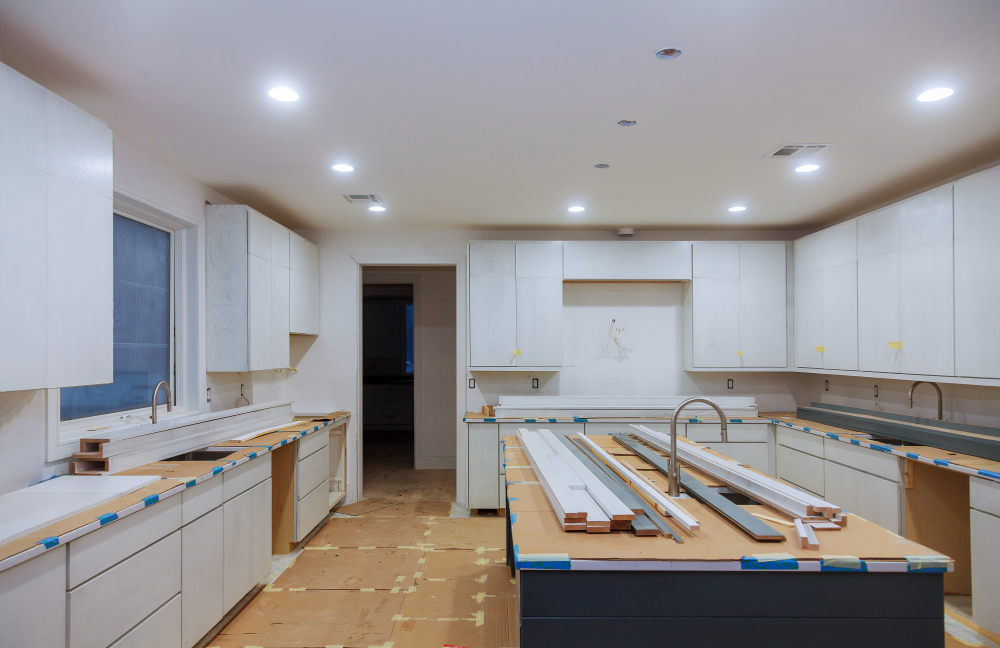
Fortunately, there are many ways to customize your filler panels to fit your specific needs. One option is to have a custom panel made that matches the color and style of your existing cabinets perfectly.
This can be especially helpful if you have an older kitchen with hard-to-find materials or finishes.
Another way to customize filler panels is by adding decorative elements such as molding or trim pieces that match the rest of your cabinetry. These details can help tie everything together visually while also providing additional support for the panel itself.
If you’re looking for something more functional than decorative, consider adding storage options like shelves or pull-out drawers behind a larger-sized filler panel. This will not only fill in any gaps but also provide extra space for storing items like baking sheets or cutting boards.
The Difference Between Fillers and Panels
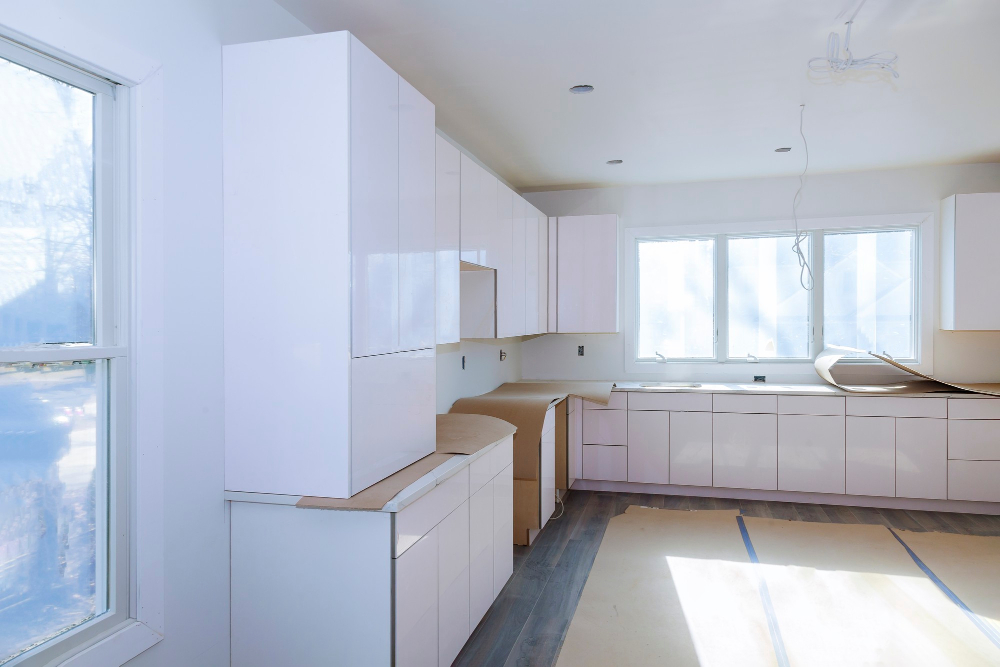
A filler is a narrow strip of material that fills a small gap between cabinets or appliances, while a panel is typically larger and covers an entire section of unused space.
Fillers are usually less than 3 inches wide and can be made from the same material as your cabinets or something complementary like stainless steel or glass. They’re ideal for filling gaps between cabinets where there isn’t enough room for another cabinet but too much space to leave empty.
Panels, on the other hand, can be used to cover larger areas such as sides of refrigerators or dishwashers that aren’t built into cabinetry. Panels come in various sizes and materials such as wood veneer, laminate sheets, metal panels among others.
It’s important to understand these differences when planning your kitchen renovation project so you can choose the right solution for each situation.
Cost and Budget Considerations

Fortunately, filler panels are an affordable solution that can make a big difference in the overall look and feel of your kitchen without breaking the bank. The cost of filler panels varies depending on factors such as material type, size, design complexity, and installation requirements.
For example, wood or custom-made filler panels tend to be more expensive than pre-fabricated ones made from materials like PVC or MDF. However, investing in high-quality materials may save you money in the long run by reducing maintenance costs.
It’s important to keep your budget constraints in mind when selecting filler panel options for your kitchen renovation project. Consider consulting with a professional designer who can help you choose affordable yet stylish options that fit within your budget while still achieving the desired aesthetic appeal for your space.
Maintenance and Cleaning

The good news is that most filler panels are easy to clean with a damp cloth or sponge. However, if your panel is made of wood or another porous material, you may need to use a specialized cleaner.
It’s also essential to inspect the filler panel regularly for any signs of damage or wear and tear. If you notice any cracks, chips, or other issues with the panel surface, address them immediately before they worsen.
In addition to regular cleaning and maintenance tasks like wiping down surfaces and checking for damage periodically; there are some things that homeowners can do proactively when installing their kitchen fillers:
- Choose materials that are durable enough for everyday use.
- Avoid placing heavy objects on top of the panels.
- Use coasters under glasses/cups/mugs etc., so as not scratch up surfaces over time
- By following these simple tips along with proper care instructions from manufacturers (if applicable), your kitchen fillers will last longer while maintaining their aesthetic appeal!
Alternatives to Filler Panels
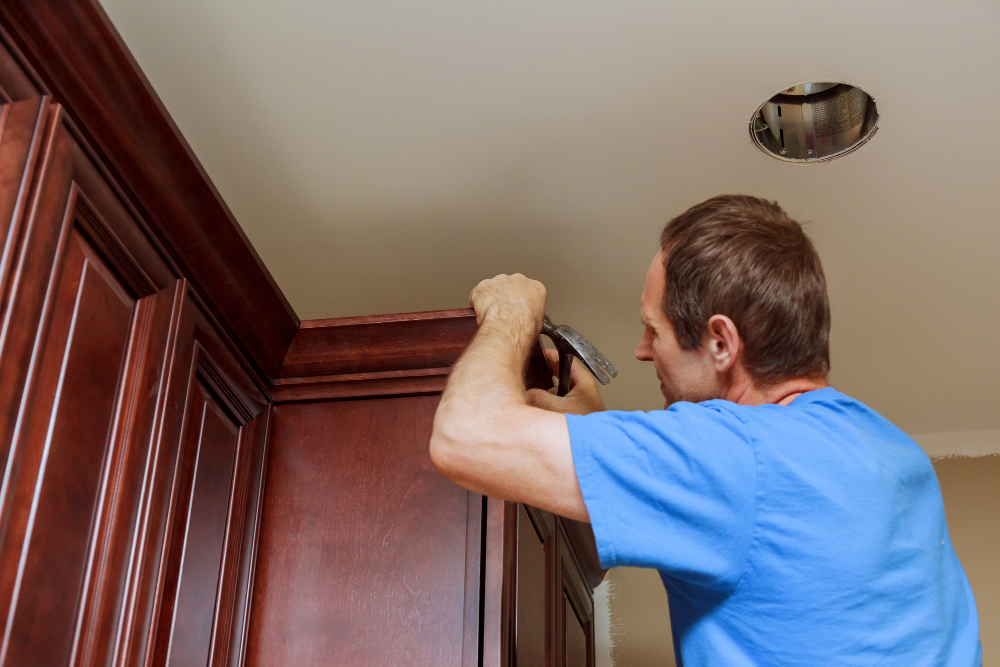
If you’re looking for alternatives to filler panels, there are a few options worth considering.
One alternative is to use decorative trim or molding to fill in the gap. This can add a touch of elegance and sophistication while also hiding any unsightly gaps.
Another option is to install open shelving in the space instead of using a panel. This can create additional storage space while still maintaining an open and airy feel.
If you prefer something more functional than decorative, consider installing pull-out drawers or shelves that fit into the gap between your cabinets/appliances instead of using filler panels. These drawers/shelves provide extra storage space that’s easily accessible without having to move anything around.
Ultimately, whether you choose kitchen filler panels or one of these alternatives will depend on your personal preferences and needs as well as your budget constraints.
Avoiding Kitchen Design Mistakes With Filler Panels
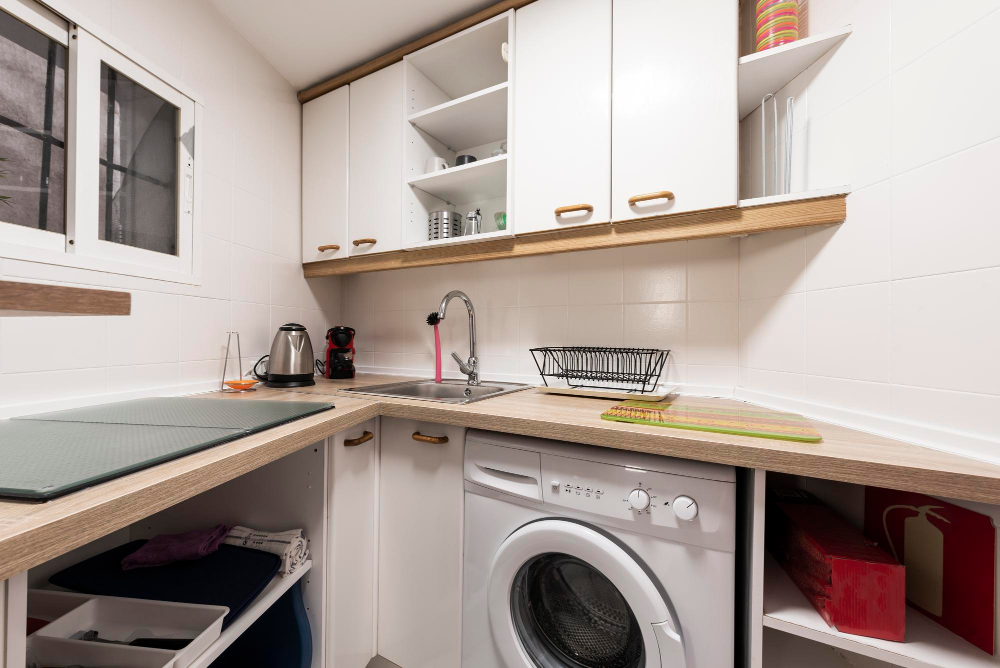
They help fill in gaps and create a seamless look between cabinets or appliances. However, if not used correctly, they can also make your kitchen look cluttered and unappealing.
Here are some common mistakes to avoid when using filler panels:
1) Using too many: While it’s tempting to use as many filler panels as possible to cover up gaps, this can actually make your kitchen feel cramped and cluttered.
2) Choosing the wrong material: Filler panels come in various materials such as wood veneer or laminate. It’s important to choose one that matches the rest of your cabinetry for a cohesive look.
3) Incorrect sizing: Measuring accurately is crucial when installing filler panels; otherwise, you may end up with unsightly gaps or an ill-fitting panel.
4) Poor placement: Placing a panel in an awkward spot like above eye level will draw attention rather than blend seamlessly into the overall design.
Examples of Well-placed Filler Panels

Here are some examples of well-placed filler panels:
1. Between cabinets: If you have a small gap between two cabinets, a filler panel can help create a seamless look.
2. Next to appliances: Filler panels can also be used next to appliances like refrigerators or dishwashers that don’t fit perfectly into their designated spaces.
3. Above or below cabinets: Sometimes there is extra space above or below your cabinetry that needs filling in, and this is where custom-sized filler panels come in handy.
4. As decorative accents: Filler panels don’t always have to blend seamlessly into the background; they can also serve as decorative accents by adding texture, color, or patterned designs that complement your overall kitchen design scheme.
Benefits of Professional Kitchen Design Services

A professional designer will work with you to understand your vision, lifestyle, and budget to create a personalized plan for your kitchen renovation. They have the expertise to recommend the best materials, layouts, and finishes that suit both form and function.
One of the benefits of working with a professional is their ability to maximize storage space in small kitchens by incorporating filler panels into tight spaces. They can also suggest creative ways to use filler panels as decorative accents or focal points in larger kitchens.
Another advantage is their knowledge of current trends in kitchen design. Professional designers stay up-to-date on new products, styles, colors schemes so they can offer fresh ideas for modernizing an outdated or inefficient kitchen layout.
Finally yet importantly – hiring professionals saves time! Kitchen renovations are complex projects that require careful planning from start-to-finish; it’s easy for homeowners without experience or training in this area get overwhelmed by all the details involved when trying DIY approach.
Choosing the Right Filler Panel Material
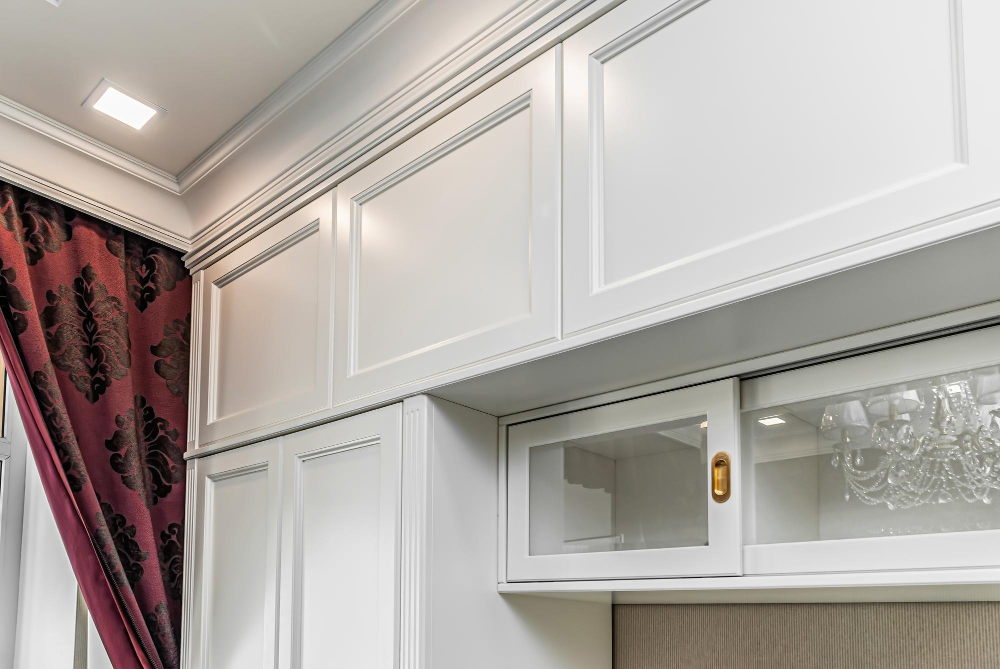
The most common materials used for kitchen filler panels include wood, laminate, and stainless steel. Wood is a popular choice because it can be stained or painted to match your cabinets’ finish seamlessly.
Laminate is another option that offers durability and easy maintenance while being budget-friendly.
Stainless steel is an excellent choice if you’re looking for a modern look in your kitchen design. It’s durable and easy to clean but may not be suitable for all kitchens’ aesthetics.
It’s essential to consider the overall style of your kitchen when selecting a filler panel material as well as its functionality requirements such as heat resistance or water resistance depending on where they will be placed in the room.
Troubleshooting Common Filler Panel Issues
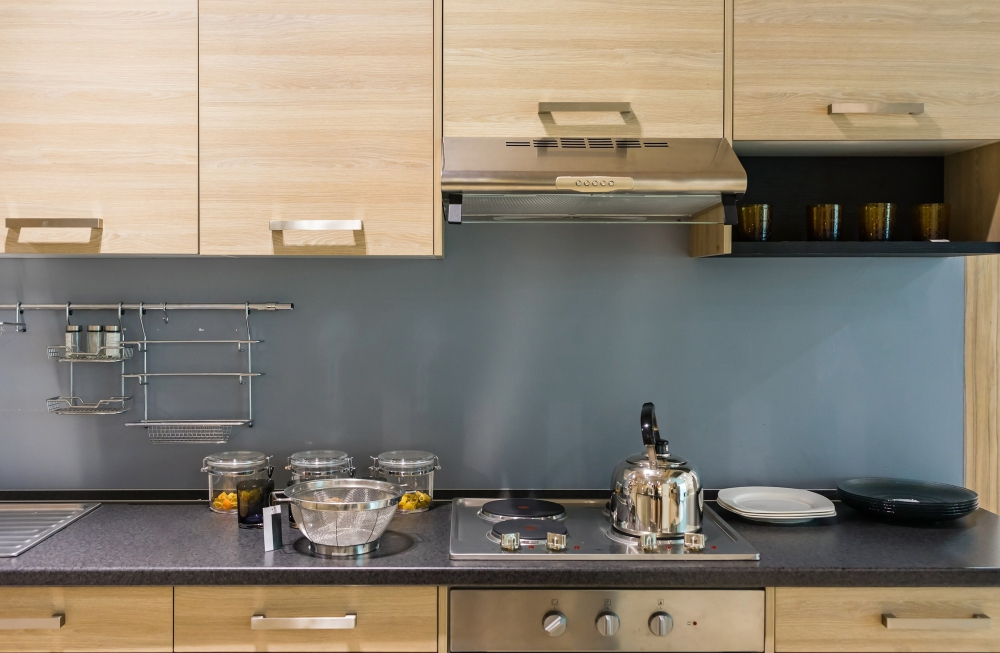
One common problem is the fit of the panel. If it’s too tight or too loose, it can affect the overall look and functionality of your kitchen.
To fix this issue, you may need to adjust the size or position of your filler panel.
Another issue that homeowners face is matching their existing cabinets’ color and style with their new filler panels. This can be challenging if you have an older kitchen with discontinued cabinet styles or colors.
In such cases, customizing your fillers to match your cabinets might be necessary.
If there are gaps between two adjacent panels after installation, caulking them will help create a seamless finish for a more polished look in your kitchen design.
Lastly, if you’re experiencing difficulty during installation due to uneven walls or floors in older homes; shimming behind one side of the cabinet before attaching it will level out any discrepancies on either side so everything looks even once installed!
Tips for Successful Filler Panel Installation

Here are some tips for successful filler panel installation:
1. Measure accurately: Before purchasing your filler panels, measure the gaps between your cabinets or appliances carefully.
Ensure that you take precise measurements and account for any irregularities in the space.
2. Choose quality materials: Select high-quality materials such as wood or metal for durability and longevity.
3. Use appropriate tools: Make sure you have all necessary tools on hand before starting the installation process, including a saw, drill bits, screws/nails/brackets (depending on material), measuring tape etc.
4. Follow instructions carefully: Read through manufacturer instructions thoroughly before beginning work and follow them closely throughout each step of assembly/installation.
5. Seek professional help if needed: If at any point during this process things become too complicated or difficult to handle alone – don’t hesitate! Reach out to professionals who can assist with completing this task successfully without causing damage or injury!
FAQ
What is a filler piece in a kitchen?
A filler piece in a kitchen is a component that fills the space between the cabinet and the wall, cut from a cover panel, to ensure proper cabinet operation and prevent installation issues.
Do you need filler for kitchen cabinets?
Cabinet fillers are needed for kitchen cabinets when encountering tight spaces, corners, and uneven surfaces to achieve a finished, even appearance.
Do filler panels go to the floor?
Filler panels usually go to the floor, but should be cut back between units or appliances and only left whole at the end of unit runs.
How do you properly install a kitchen filler panel?
To properly install a kitchen filler panel, accurately measure the space, cut the filler panel accordingly, ensure it aligns with adjacent cabinets/countertops, and secure it in place with screws or appropriate hardware.
What materials are commonly used for kitchen filler panels?
Commonly used materials for kitchen filler panels include solid wood, plywood, medium-density fiberboard (MDF), and particleboard.
What are the benefits of using filler panels in a kitchen design?
Filler panels in a kitchen design provide seamless cohesion between cabinets, cover gaps, and help in maintaining a polished, professional appearance.
